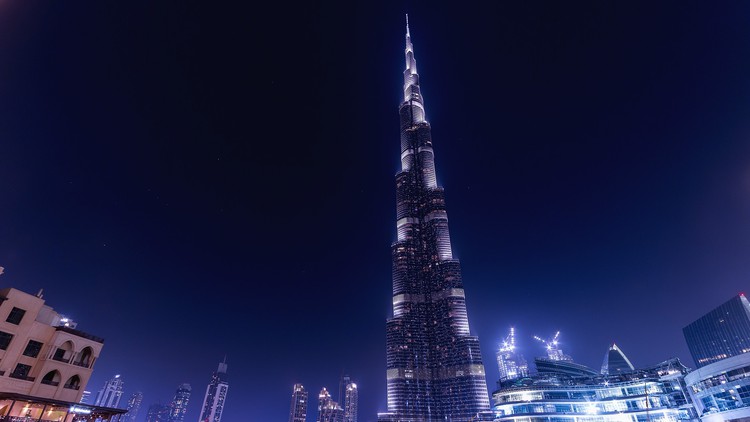Case Study for PMP Students - Burj Khalifa

Why take this course?
🌍 Case Study for PMP Students - Burj Khalifa 🚀
Unlock the Heights of Project Management with a Real-World Masterpiece!
Introduction to the Case Study:
The journey of constructing Burj Khalifa is more than just an architectural marvel; it's a project management masterpiece. This case study will bring the principles of PMP (Project Management Professional) to life using the iconic skyscraper as a backdrop. For PMP students, understanding these concepts through a real-world application can make all the difference in grasping and retaining project management methodologies.
The Visionary Quest:
In 2003, a vision took root in Dubai, aspiring to erect the tallest skyscraper ever conceived. The Burj Khalifa project was born out of the need to diversify Dubai's economy and stimulate global interest through tourism and innovation. Key stakeholders, including Emaar Properties, the government of Dubai, and the project's lead architect Adrian Smith, collaborated to assess the project's feasibility, set clear goals, and identify potential risks from the Initiating Process Group perspective.
Blueprints for Success: The Planning Phase 📝
With the project's approval, a comprehensive plan was crafted. The Planning Process Group involved developing a detailed project management plan, which included a work breakdown structure (WBS), resource allocation, schedule management, risk assessment, and mitigation strategies. The project was divided into design, foundation work, construction, and interior work, ensuring that each aspect of the Burj Khalifa's creation was meticulously planned.
The Constructive Execution: Putting Pieces Together 🏗️
In January 2004, the Executing Process Group commenced with over 12,000 workers and engineers from around the globe working on the project. Coordination among different teams was crucial, and the project management team closely monitored progress to ensure adherence to the schedule, budget, and quality standards. Innovative techniques were employed, such as the construction of the glass façade and pumping concrete to record-breaking heights. Safety protocols were stringent and adhered to by all involved.
Navigating Challenges: Monitoring & Controlling the Project 🔍
Throughout the Burj Khalifa's construction, the project management team employed the Monitoring and Controlling Process Group. They regularly compared project progress with the original plan, identifying deviations and implementing corrective actions. Risk management was a continuous process, with audits, inspections, and adjustments to account for environmental factors and ensure quality standards were upheld.
The Grand Finale: Closing Out the Project 🎉
After six years of tireless effort, the Burj Khalifa reached its staggering height of 828 meters in October 2009. The Closing Process Group ensured that all project activities were completed and that the project was delivered on time and within budget. A thorough review of the project's performance led to valuable lessons learned, which contributed to the continuous improvement of project management practices in the construction industry.
Deeper Insights into the Project:
To fully appreciate the intricacies of managing such a complex project, let's delve deeper into the Burj Khalifa's construction journey:
- Innovation & Technology: Discover how state-of-the-art technology and innovative engineering solutions were applied to overcome structural challenges.
- Logistics & Coordination: Explore the complex logistical operations that supported the project, including material delivery and labor coordination.
- Risk Management: Analyze the proactive risk management strategies employed to navigate financial, technical, and safety challenges.
- Sustainability & Environmental Impact: Understand how the project addressed environmental sustainability and its impact on Dubai's urban landscape.
- Quality Control & Assurance: Learn about the rigorous quality control measures that ensured every aspect of the Burj Khalifa met the highest standards of construction excellence.
Conclusion:
The Burj Khalifa stands as a testament to the power of effective project management and the human capacity for innovation, collaboration, and excellence. By studying this case study, PMP students will gain invaluable insights into the application of PMP methodologies in real-world scenarios. Embrace the journey through these pages, and let the Burj Khalifa inspire you to reach new heights in your project management career! 🌆✨
Ready to ascend the pinnacle of project management mastery? Let's embark on this learning adventure together!
Loading charts...